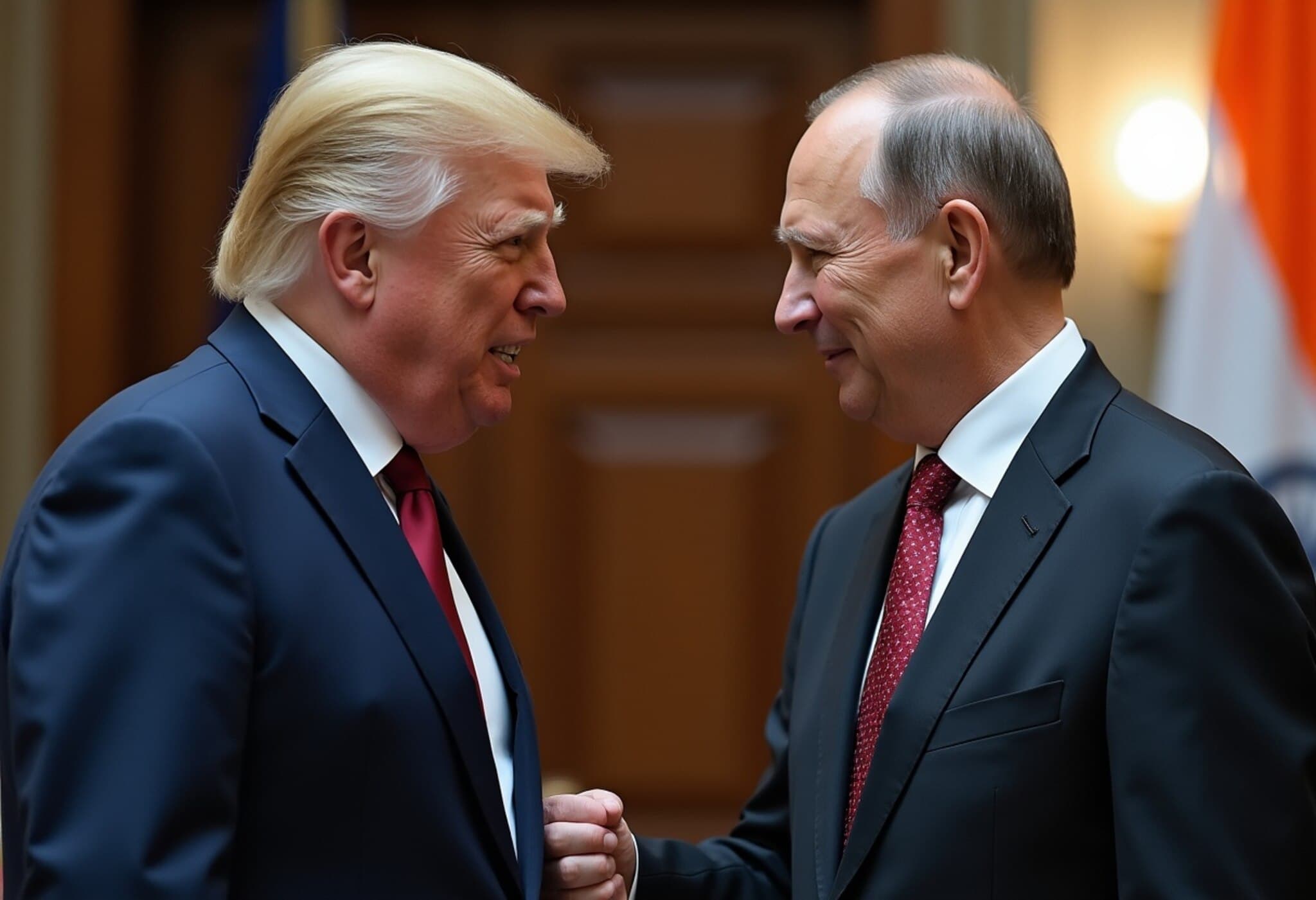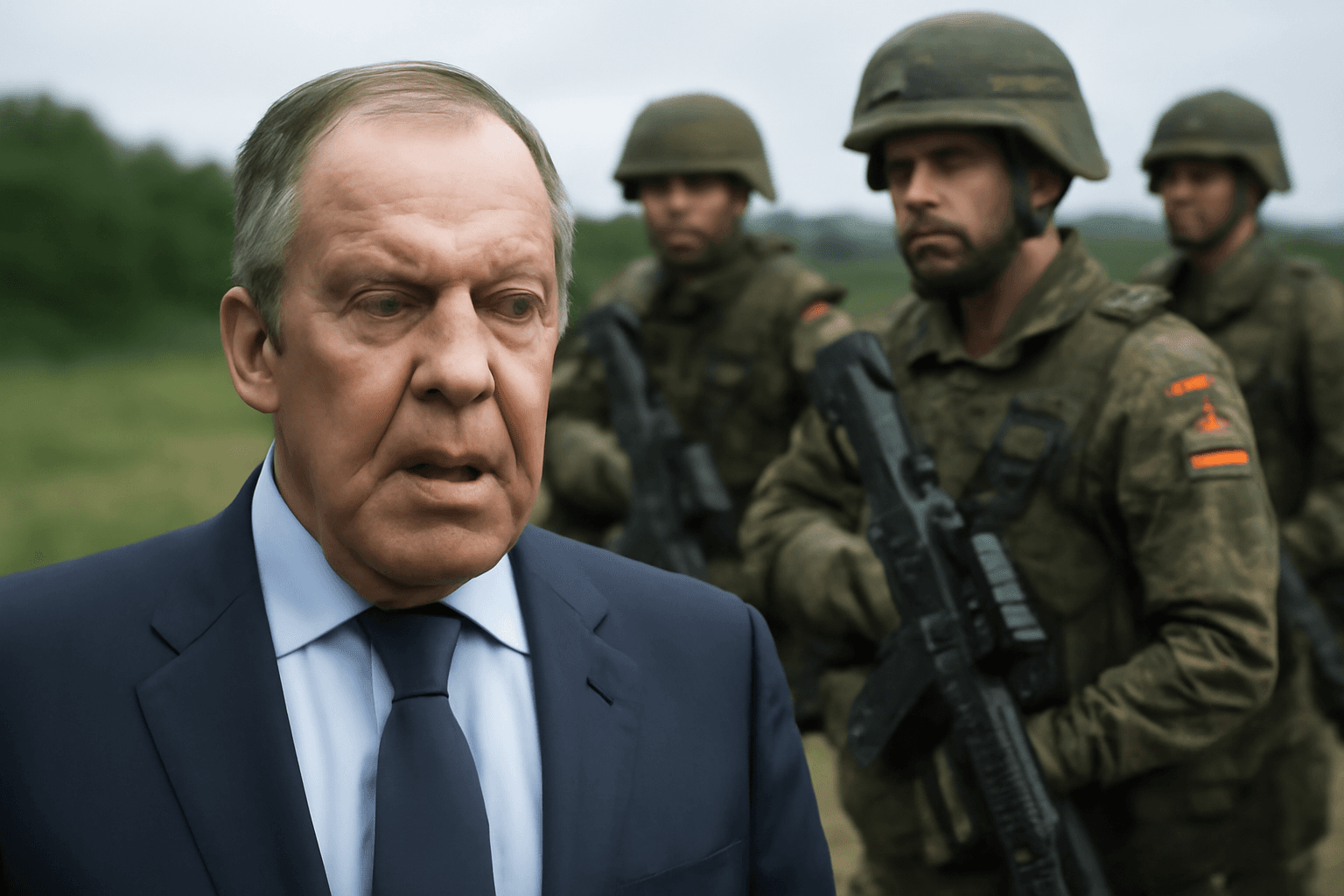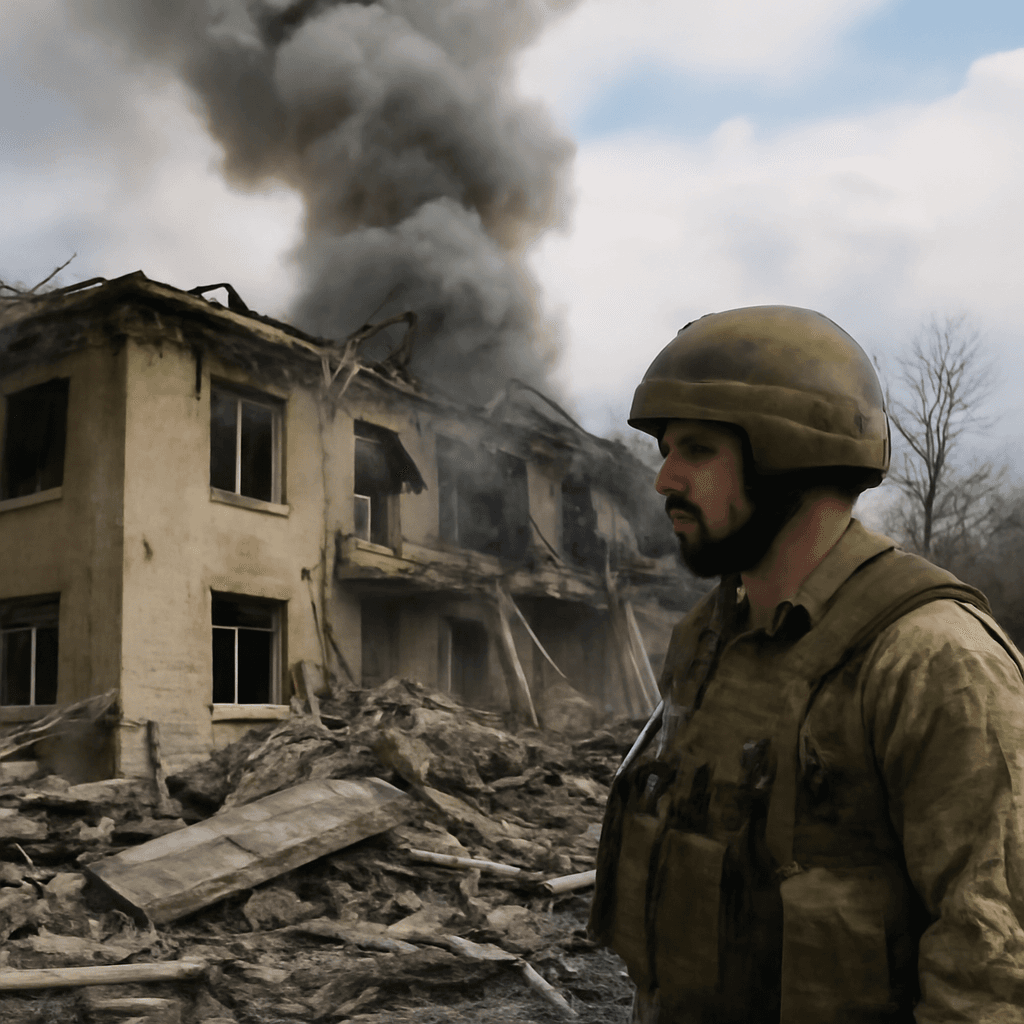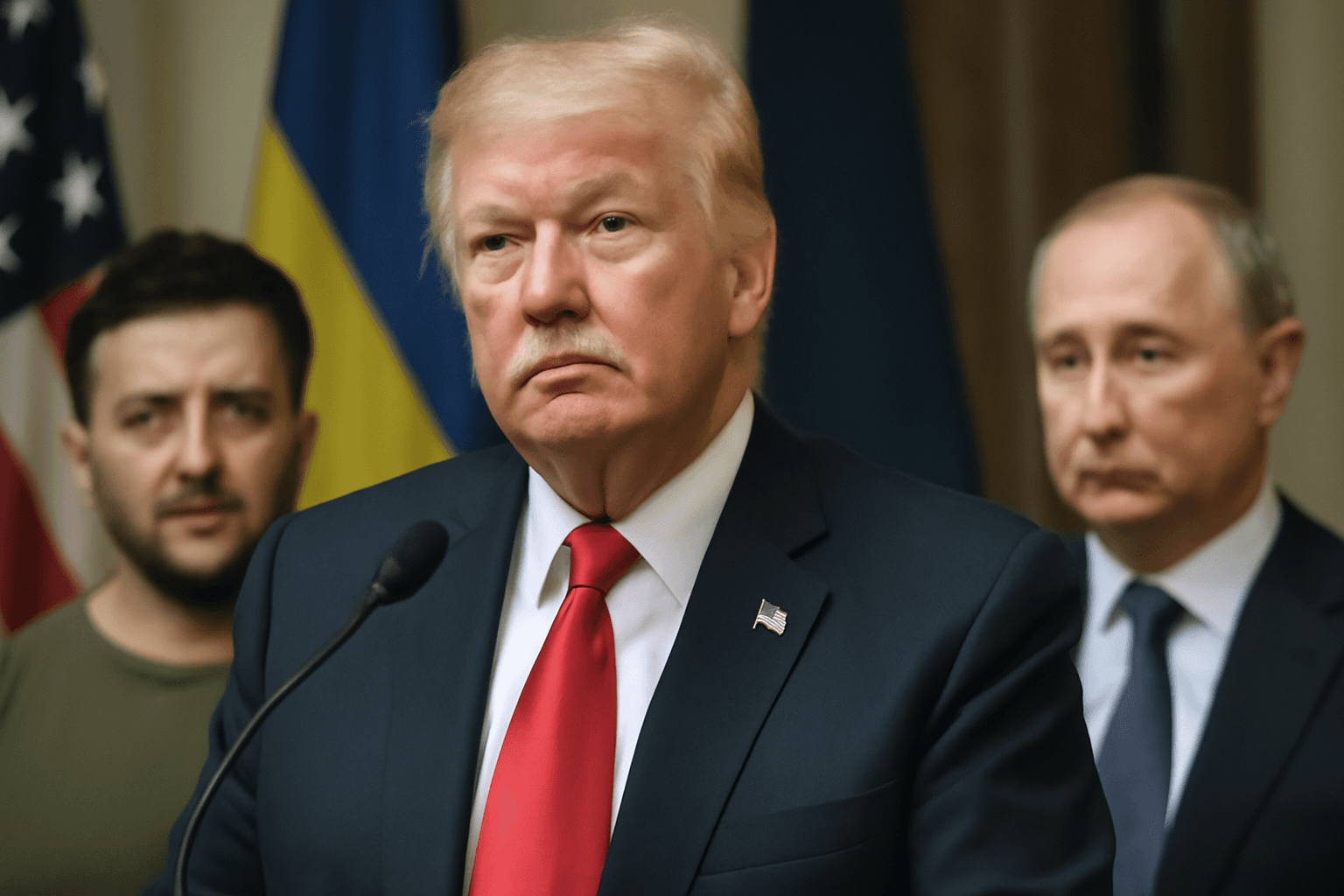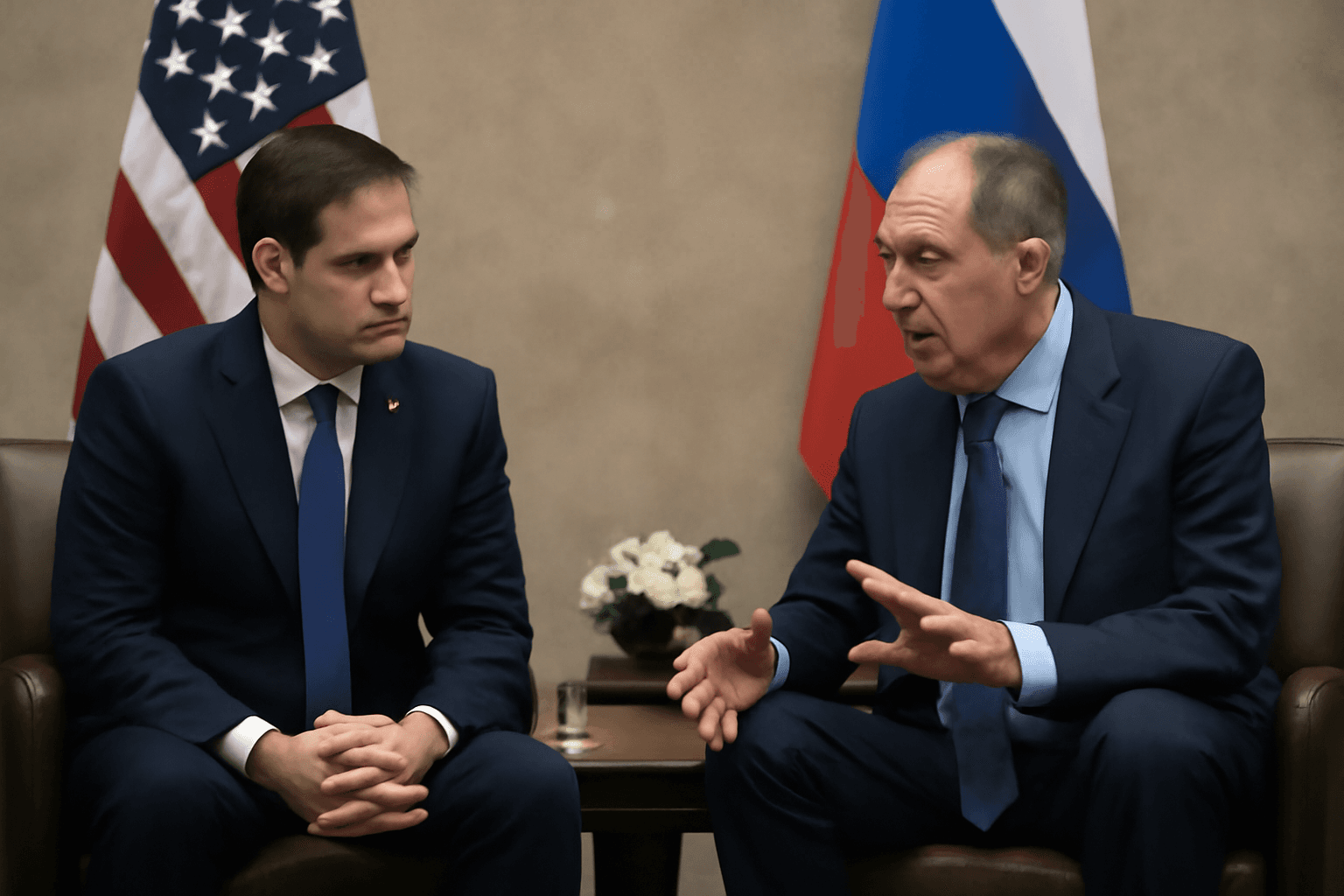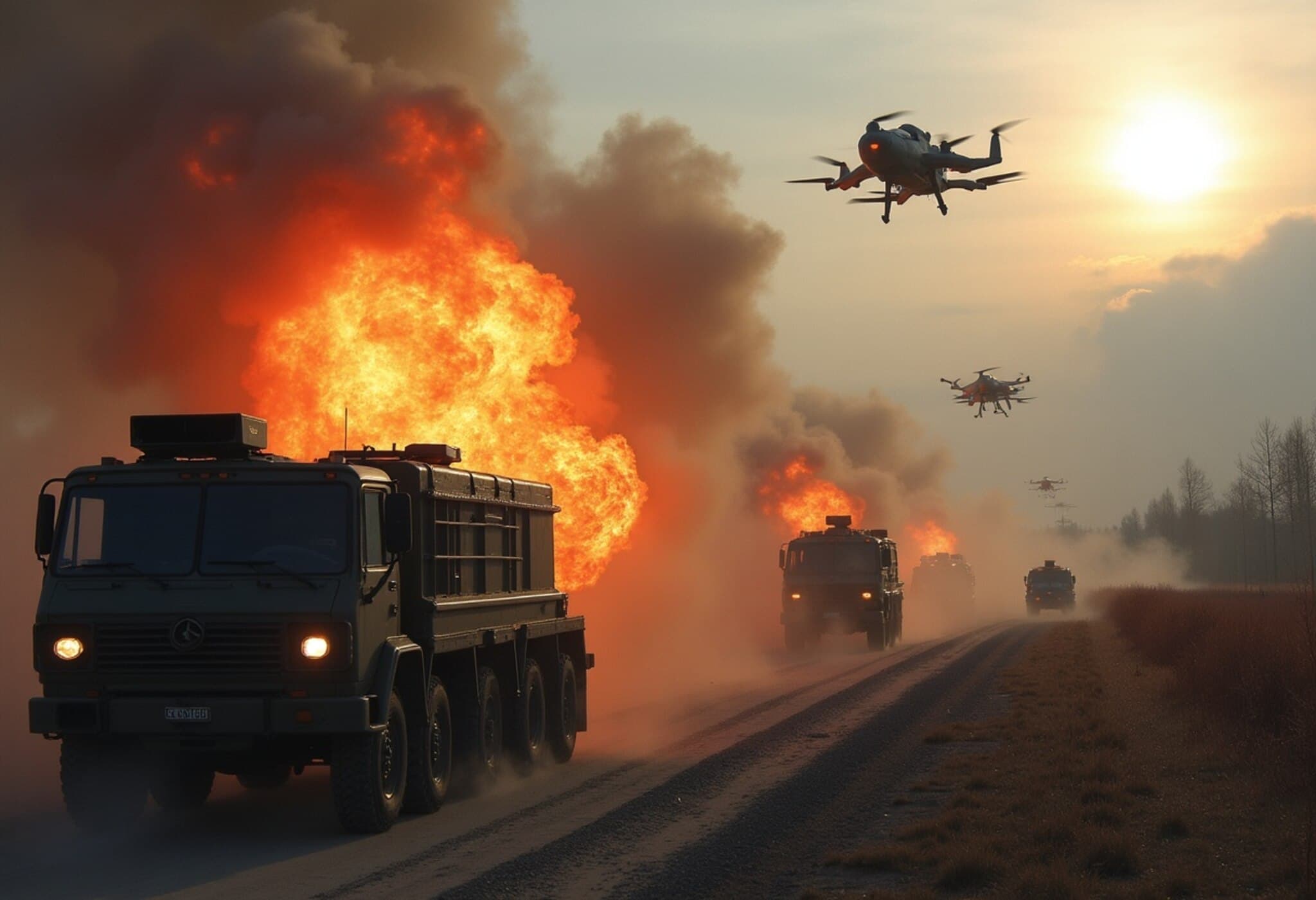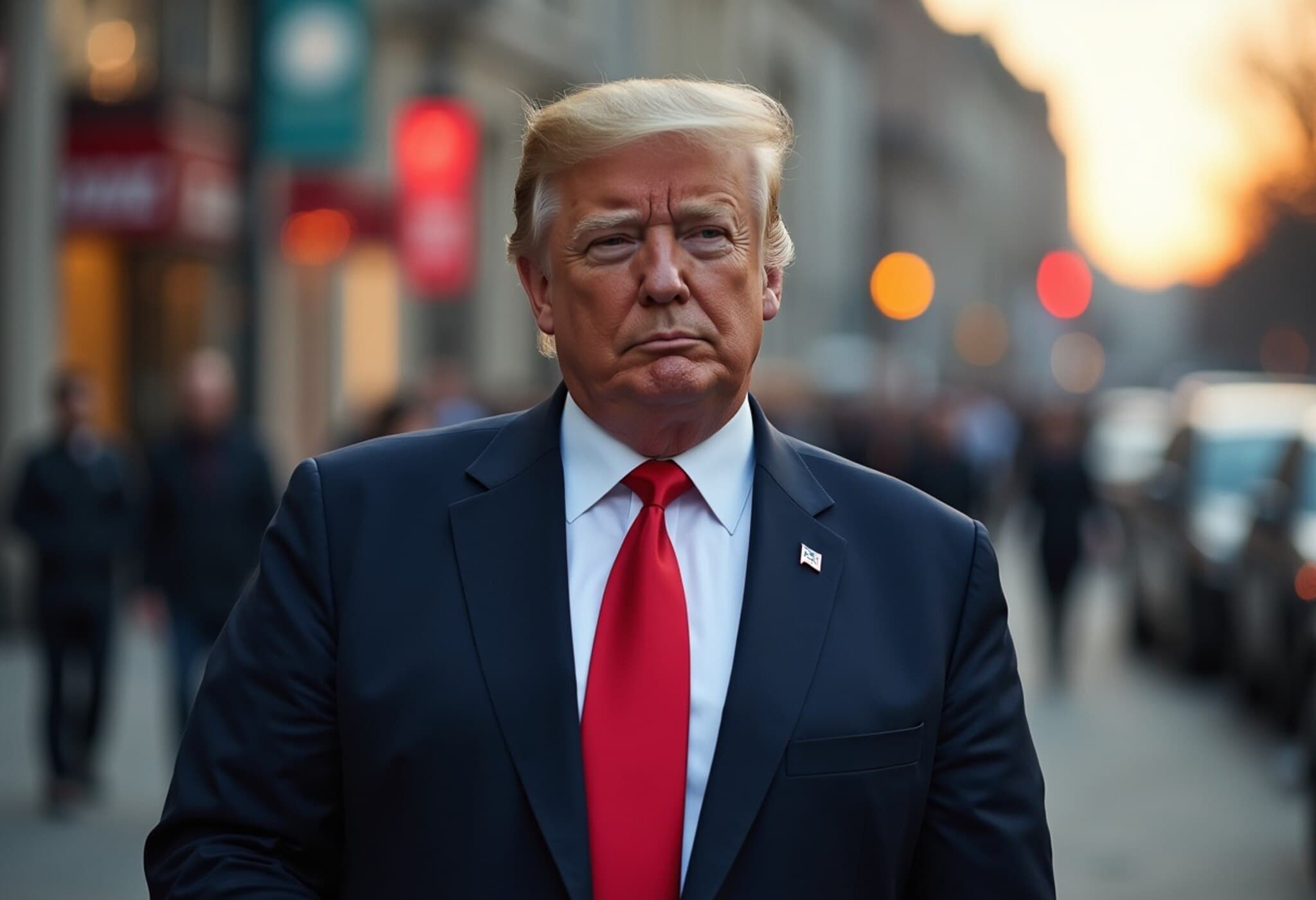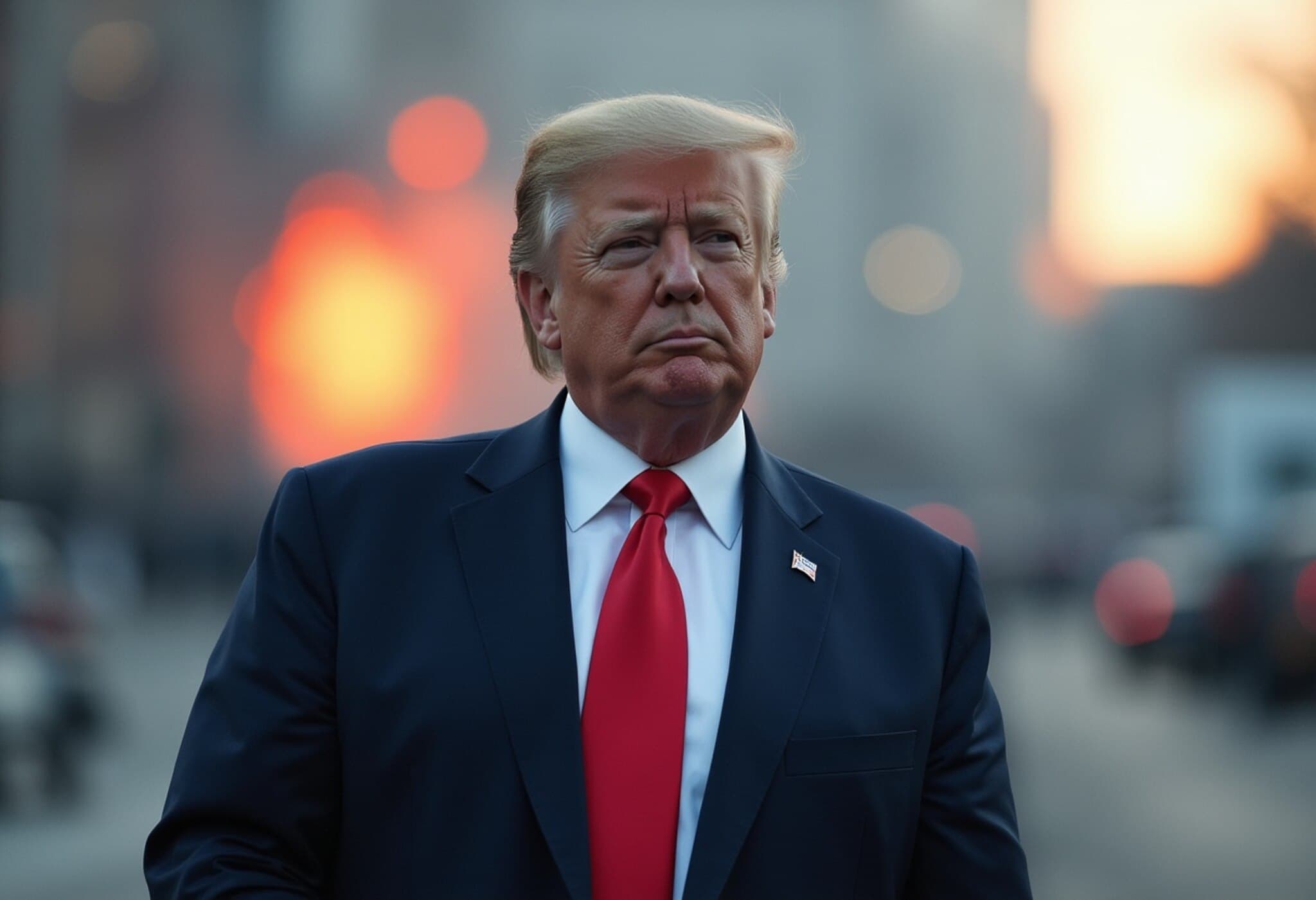US-Russia Digital Standoff Escalates Amid Trade Tariffs and Cold War References
In a striking escalation of geopolitical tensions, former US President Donald Trump has ignited controversy by imposing a hefty 25% tariff and additional penalty charges on India, while openly dismissing India’s strategic partnership with Russia. Trump's aggressive rhetoric didn't stop there—he took a direct jab at Russia's Security Council Deputy Chairman Dmitry Medvedev, branding him a “failed former President”, prompting an emphatic retort steeped in Cold War symbolism.
Trump’s Tariffs and the Broader Trade Context
The latest tariffs mark a significant wrinkle in the already complex web of US-India economic relations. According to Trump's comments, the US has minimal trade with India, citing the Asian nation’s high tariffs as a barrier. More provocatively, he stated, "I don’t care what India does with Russia. They can take their dead economies down together, for all I care." This blunt dismissal underscores a hardening US stance that prioritizes its strategic concerns over maintaining warm economic ties with India—a vital partner in the Indo-Pacific.
Medvedev’s Rebuttal: The 'Dead Hand' Warning
Medvedev’s response, articulated through his Telegram channel, was equally pointed and rich with historical allusion. He expressed that Trump's sharp words only proved Russia’s position was justified, remarking, "If a few words from the former president of Russia can provoke such a jittery reaction... then Russia must be completely in the right."
Delving deeper into Cold War lore, Medvedev invoked the ominous Soviet-era "Dead Hand" system—an automated nuclear retaliatory mechanism designed to ensure Russia's strategic stability even if its leadership was incapacitated. By linking Trump's “dead economies” jab to this fearful symbol, Medvedev subtly reminded audiences of the latent risks underpinning modern US-Russia relations.
Geopolitical Implications: More Than Just Twitter Spats
This heated exchange highlights more than personal animosity. It reveals a persistent undercurrent of mistrust and power play between the two nations, even as the global order grapples with shifting alliances and emerging threats.
- US-India Strategic Dynamics: Trump's tariffs could complicate efforts to strengthen the US-India partnership, especially as India balances its relationships with both Russia and the West.
- Russia's Global Positioning: Medvedev’s defiant tone reflects Russia's intent to assert its sovereignty and strategic independence amid Western pressures.
- Cold War Echoes: References to the “Dead Hand” remind us of the persistent shadow of nuclear deterrence that continues to inform diplomatic brinkmanship.
Expert Insight: The Role of Rhetoric in Modern Geopolitics
Experts note that social media exchanges like this serve dual purposes—they are both real diplomatic signals and carefully crafted performances aimed at domestic audiences. Donald Trump’s blunt rhetoric appeals to his political base’s preferences for assertiveness, while Medvedev’s use of Cold War symbolism resonates with Russian narratives of strength under external threat.
Moreover, the phrase "dead economies" can be interpreted as a critique of economic vulnerabilities, while the "Dead Hand" metaphor taps into existential fears about military escalation—both revealing the layered nature of strategic communication today.
What Lies Ahead?
As the US, Russia, and India navigate these fraught waters, the key question remains: will these online barbs escalate into tangible policy shifts, or are they rhetorical postures designed to test each other's resolve without crossing dangerous lines? Analysts urge for close monitoring of ensuing diplomatic moves, economic policies, and military signaling, given the delicate balance that these exchanges reflect.
Editor's Note
This digital duel between Trump and Medvedev is a vivid illustration of how Cold War legacies influence today’s geopolitical landscape, where trade policy and strategic posturing intertwine. It compels us to critically assess not only the substance behind these public exchanges but also the symbolic weight they carry in shaping international relations. As global alliances evolve, understanding the narratives behind such conflicts can offer important clues about the future direction of diplomacy and security worldwide.
In an era where tweets can echo louder than treaties, readers should consider the impact of rhetoric on real-world stability and the importance of nuanced engagement over escalatory language.

